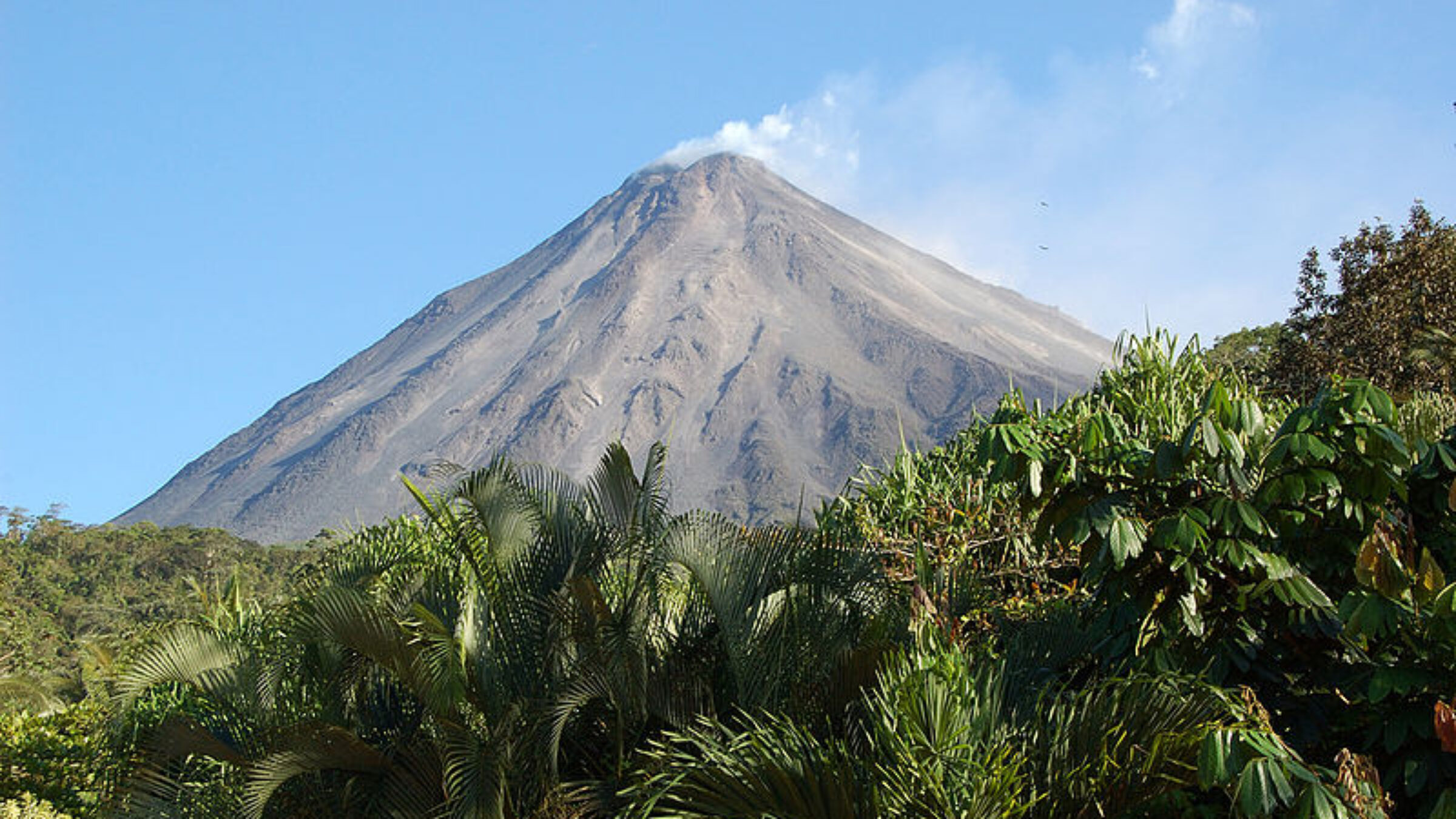Geothermal Energy: An Innovative Approach to Powering America’s Future
July 14, 2015
As startup costs decline and efficiency expands, cheap and sustainable geothermal energy can play a larger role in driving America’s shift towards renewables.

Editor’s Note: The Millennial Voices series is written by and for Millennials to foster nonpartisan discussion. Jordan Shenhar is a junior at the University of Texas at Austin. The opinions expressed in this commentary are solely those of the author.
Americans from across the political spectrum have long touted sustainable power production as an environmentally conscious pathway towards energy independence. But as alternative energy systems continue to proliferate across the United States, their limitations are becoming increasingly apparent. For instance, solar and wind energy are highly climate-dependent; hydropower can wreak havoc on marine ecosystems; and the prospect of radioactive waste makes nuclear energy a tough sell for politicians and the public alike.
But one largely untapped energy resource has the potential to avoid those kinds of drawbacks. Geothermal systems generate energy through steam turbines, powered by vapors heated in underground rock layers or magma flows. They release few to no emissions and require no resource inputs. And they have enough power to run every electrical grid in the United States.



Because it never vaporizes the water drawn from the underground reservoir, a binary system carries a few critical advantages over its water-powered counterparts. Since the water returns straight to the reservoir and the plant doesn’t release the other fluid’s vapor, a binary plant releases no emissions. That’s important, because the steam emitted by other types of geothermal plants can carry trace amounts of toxic gases from deep within the Earth.
But what’s most notable about binary geothermal systems is that, because the vapors they use can exist at lower temperatures than steam, they allow for the creation of geothermal plants even in areas without easy access to superheated rock. In the U.S., that means that geothermal energy production won’t be confined to the Far West for much longer.
As more geothermal systems crop up around the world and advancing technologies boost their output, the cost of starting a new plant should fall. If that happens, geothermals would become the most economically viable source of energy available. That’s because an established plant requires few—if any—inputs, making geothermal energy the cheapest source of electricity ever invented. The U.S. Energy Information Administration estimates that geothermal electricity will cost $0.0478 per kilowatt-hour by 2020, or less than half as much as coal, solar, nuclear, or offshore wind energy.







Join 1,900+ BIPARTISAN LEADERS NATIONWIDE
Be a part of a network of lawmakers committed to governing effectively, passing more representative public policy, and increasing public trust in democracy.